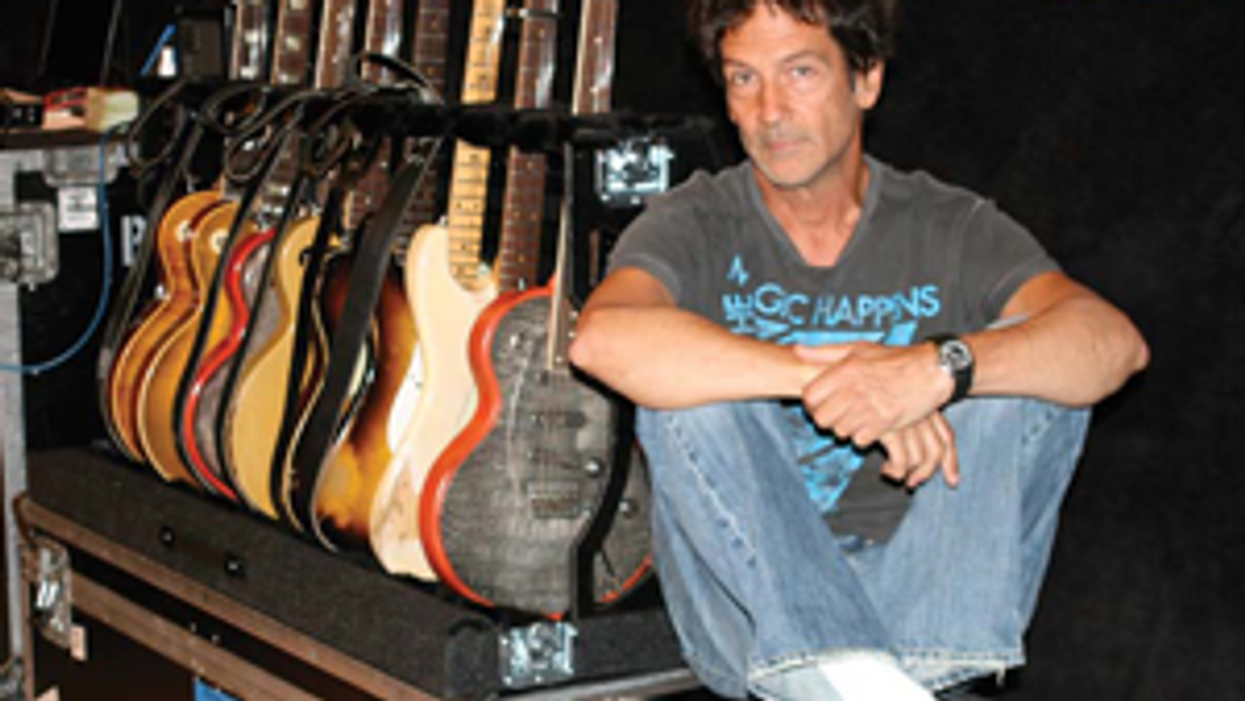Search
Latest Stories
Start your day right!
Get latest updates and insights delivered to your inbox.
billy-squier-mtv-hits-player-diverse-accomplished-ringo-tours-gigs-beatles-sir-studios-new-york-summer-les-paul-paf-goldtop-strat-marshalls-frank-levi
Don’t Miss Out
Get the latest updates and insights delivered to your inbox.
Recent
load more

